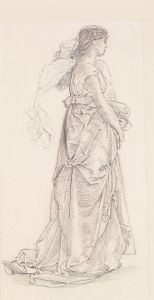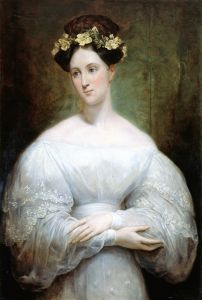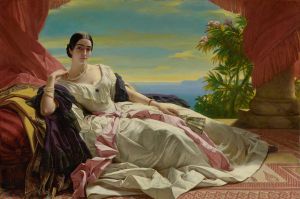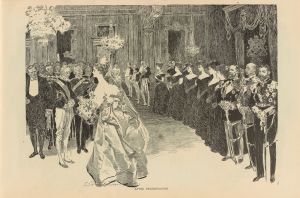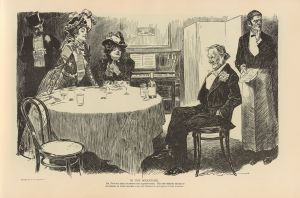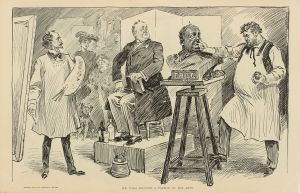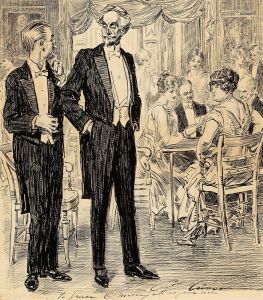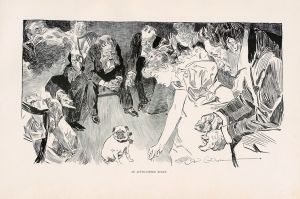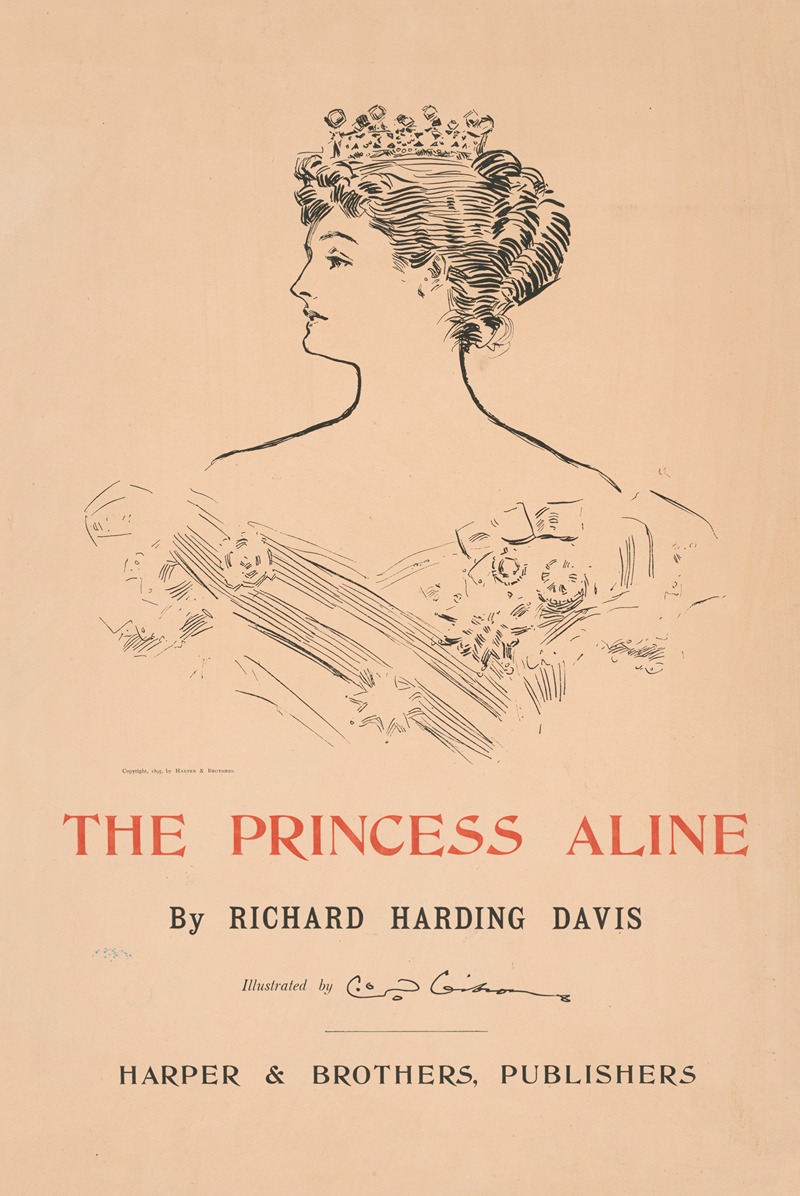
The Princess Aline by Richard Harding Davis
A hand-painted replica of Charles Dana Gibson’s masterpiece The Princess Aline by Richard Harding Davis, meticulously crafted by professional artists to capture the true essence of the original. Each piece is created with museum-quality canvas and rare mineral pigments, carefully painted by experienced artists with delicate brushstrokes and rich, layered colors to perfectly recreate the texture of the original artwork. Unlike machine-printed reproductions, this hand-painted version brings the painting to life, infused with the artist’s emotions and skill in every stroke. Whether for personal collection or home decoration, it instantly elevates the artistic atmosphere of any space.
"The Princess Aline" is an illustration by the renowned American artist Charles Dana Gibson, created to accompany the novella of the same name by Richard Harding Davis. Published in 1895, the novella was part of a collection titled "The Princess Aline," which included other stories by Davis. Charles Dana Gibson, known for his iconic "Gibson Girl" illustrations, was a prominent figure in the world of illustration during the late 19th and early 20th centuries. His collaboration with Davis on this project is a testament to the synergy between literature and visual art during this period.
Richard Harding Davis was a well-known American journalist and writer, celebrated for his adventurous stories and vivid characters. "The Princess Aline" is a romantic tale that follows the journey of Morton Carlton, an American artist, who becomes infatuated with a portrait of Princess Aline of Hohenwald. The story unfolds as Carlton travels across Europe in hopes of meeting the princess, driven by his fascination with her image. The novella captures the spirit of adventure and romance, themes that were popular in the literature of the time.
Charles Dana Gibson's illustration for "The Princess Aline" reflects his characteristic style, which often depicted elegant and fashionable figures. His work was instrumental in shaping the image of the "Gibson Girl," a representation of the idealized American woman of the era, known for her beauty, independence, and confidence. Although "The Princess Aline" does not specifically feature a "Gibson Girl," Gibson's artistic influence is evident in the graceful and detailed portrayal of characters.
The collaboration between Davis and Gibson was part of a broader trend in the late 19th century, where illustrations played a crucial role in enhancing the appeal of literary works. Illustrations were not merely decorative but served to bring stories to life, providing readers with visual interpretations of the text. Gibson's illustrations were widely admired for their ability to capture the essence of the characters and the mood of the narrative.
"The Princess Aline" and its accompanying illustrations were published in various magazines and books, reaching a broad audience and contributing to the popularity of both Davis and Gibson. The novella and its illustrations are reflective of the cultural and artistic milieu of the time, showcasing the interplay between narrative and visual art.
In summary, Charles Dana Gibson's illustration for "The Princess Aline" is a significant example of the collaboration between artists and writers in the late 19th century. It highlights the role of illustrations in literature and the enduring appeal of Gibson's artistic style. The work remains a testament to the creative synergy that characterized this vibrant period in American art and literature.






